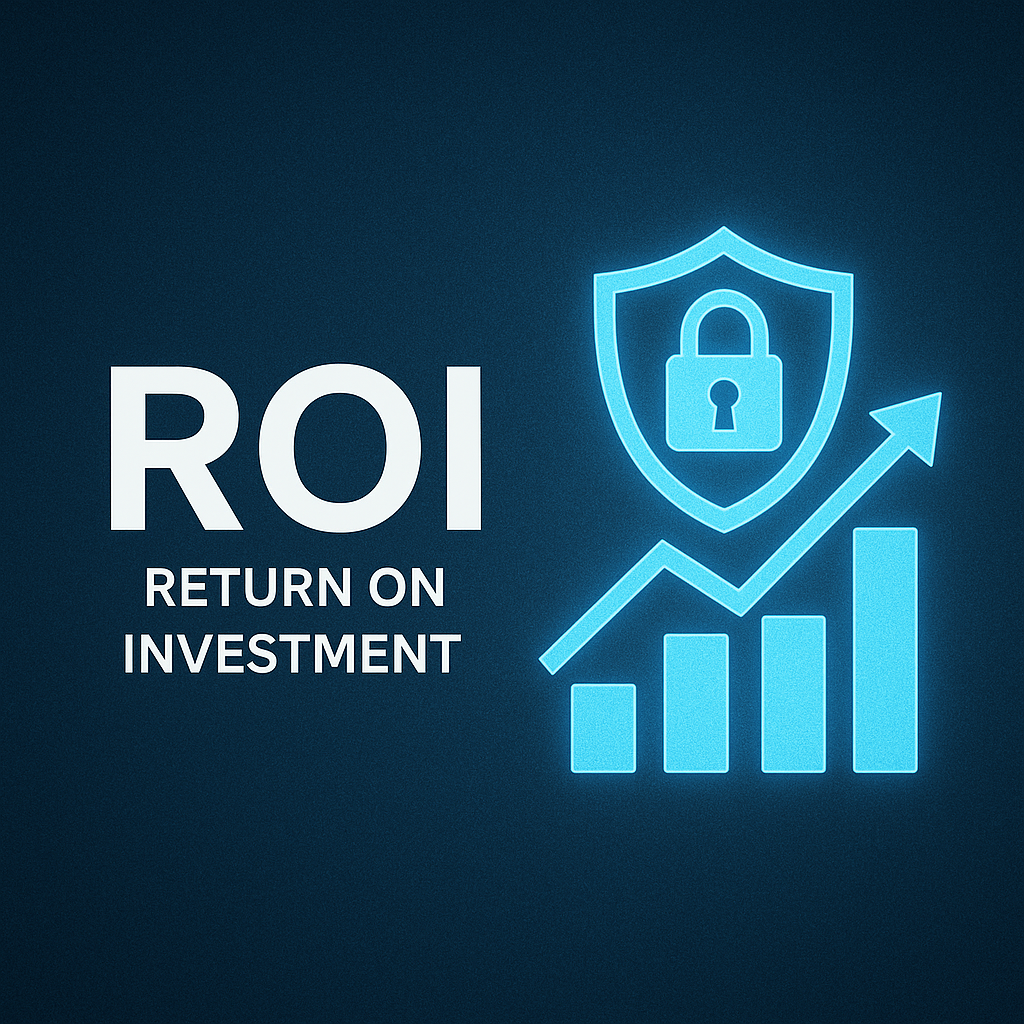Maximizing Cybersecurity Investments: Strategies for Measurable ROI
As cyber threats continuously evolve, the importance of cybersecurity investments becomes paramount not just for safeguarding data, but also for ensuring business continuity. Yet, one prevailing challenge for many organizations is quantifying the return on investment (ROI) in cybersecurity. This deep dive explores the methodologies to measure cybersecurity ROI effectively, alongside strategies to enhance it, grounding our understanding in concrete industry practices and expert insights.
Understanding Cybersecurity ROI
Cybersecurity ROI refers to the benefits obtained from the costs invested in cybersecurity measures. It is gauged through various metrics, such as cost savings from thwarted cyber threats, adherence to regulatory compliances, and the uninterrupted conduct of business operations. To accurately measure the ROI of cybersecurity initiatives, one must look beyond direct financial savings, incorporating the value provided by enhanced trust and reputation among stakeholders and customers [ASIS International].
Key Metrics for Measuring Cybersecurity ROI
- Cost Avoidance: This includes estimating potential losses from avoided security breaches, which not only saves direct costs but also guards against reputational damage.
- Regulatory Compliance: Ensuring compliance can significantly reduce legal penalties and help maintain market access, adding tangible value.
- Operational Continuity: Effective cybersecurity practices minimize downtime caused by cyber incidents, thereby protecting revenue streams.
The Role of Cyber Resilient Leaders
As identified in the industry insights, becoming a cyber resilient leader is not only about managing IT infrastructure but also about instilling a culture of security-first mindset across the organization. Such leaders play a pivotal role in fusing cybersecurity efforts with business strategies, thus driving better ROI through informed decisions [Cyber Resilience].
Innovative Tools to Improve Cybersecurity Program ROI
Tools like Deepwatch's cloud-based platforms offer scalable solutions that promise substantial ROI improvements. These tools help organizations leverage advanced analytics and distributed workforce models to bolster their cybersecurity frameworks at reduced costs [Deepwatch].
Implementing a Resilient Framework
The foundation of a resilient cybersecurity framework is not just about adopting technology but also about integrating risk management procedures throughout the organizational processes. It involves planning, implementing, monitoring, and continuously improving cybersecurity measures to manage and mitigate risks effectively [Cyber Resilience].
Takeaway: Strategic ROI Enhancement in Cybersecurity
Enhancing ROI in cybersecurity is less about increasing spending and more about smarter allocation and optimization of resources. Leaders need to focus on investing in solutions that not only secure assets but also enhance business operations and foster resilience against evolving cyber threats. By strategically measuring and improving cybersecurity ROI, organizations can safeguard their interests while achieving financial prudence.
